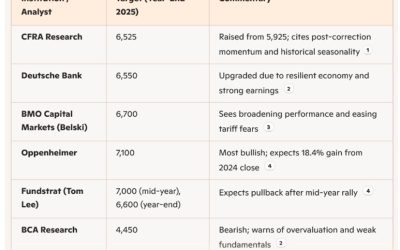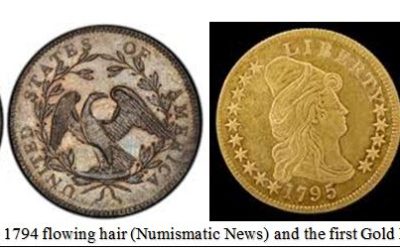by Ivan Martchev
September 17, 2024
After September opened with a down 4% week, not many observers, no matter how optimistic, expected a 4% up week to immediately follow it. After all, September is the month with the worst seasonality out of the year, with the highest negative return over the last 100 years. Curiously, the S&P 500 last Friday came within 33 points of its all-time high of 5669.67 registered in July. With all the volatility associated with the expected first Fed rate cut (tomorrow), it is not hard to predict we will trade above that all-time high.
What the stock market did last Wednesday is similar to the way it trades at major stock market bottoms after a bear market has ended. The trouble is, there has been no major bear market. Last Wednesday morning, the S&P futures declined 95 points from their post-CPI highs and, when the rally started, they advanced 155 points off the lows. Such huge swings rarely happen on the same trading day.
It looks like there has been a massive short squeeze, which is what typically happens at major bottoms. The culprit was a famous AI chip company’s presentation at a technology conference in San Francisco that indicated that the AI spending on cloud infrastructure is just ramping up.
Also, the rotation into small caps that we saw in late July appears to have started again. I don’t have a problem with small caps going up a lot, given how much they have under-performed over the past three years, and they do tend to benefit more from Fed rate cuts due to the debt loans they carry, so by that yardstick I sure hope that traders don’t go as aggressively into that rotation as they did in late July. In late July, they sold tech to buy the Russell 2000, which didn’t work out well, given the gravitational pull of tech.
I am also happy to report that the Japanese yen broke out to new highs for the year on Friday (technically new lows appear on the chart as fewer yen per dollar, meaning a stronger yen).
Graphs are for illustrative and discussion purposes only. Please read important disclosures at the end of this commentary.
This indicates that the infamous yen carry trade has indeed unwound, at least substantially so.
The Japanese yen is barely holding onto 140, and moving below that level is expected this week, with further pressure on the U.S. dollar from falling Treasury yields, courtesy of the shifting Fed policy.
New Relative Lows for Emerging Markets
The relative performance of the MSCI Emerging Markets Index compared to the S&P 500 has now declined below the lows seen at the worst level of the Asian Financial Crisis in 1998. I did not think it would get that bad, but it sure did. Between 1998 and 2008, that relative performance more or less quadrupled, and then it completely unwound.
Graphs are for illustrative and discussion purposes only. Please read important disclosures at the end of this commentary.
Mind you, this has happened without a recession in China, an event which is certainly overdue. A Chinese recession would likely push emerging markets indexes even lower, as China is the top trading partner for most of the countries in the region.
The Chinese think they can outsmart economic cycles with their state-sponsored capitalism, but cracks have begun to appear in the real estate market and the overall economy.
The Chinese PPI Index turned negative on a year-over-year basis in October 2022 and has been negative ever since, while their CPI index is barely positive (see chart below).
Graphs are for illustrative and discussion purposes only. Please read important disclosures at the end of this commentary.
Low inflation readings are not healthy and – at times of high indebtedness – indicate a weak economy. China can tip over into recession, but we have seen many such episodes before and the central government has managed to pull it from the brink. One of these days, they won’t be able to, based on the cyclical nature of capitalism, no matter how much they have tweaked it to fit Chinese taste.
The post 9-17-24: A Fresh All-Time High in the S&P 500 Likely This Week appeared first on Navellier.






